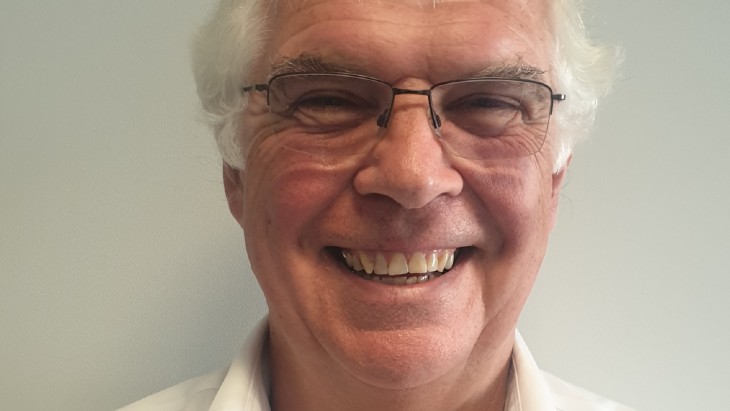Shale Gas Boom Led To Thousands Of Job Losses In Appalachia
- Ohio River Valley Institute: the shale gas boom failed to replace lost jobs in the Appalachia steel industry.
- Since 2008, the Appalachian region showed a 1.6% gain in employment before those gains upturning into a 2.1% loss, good for the loss of 10,000 jobs as well as a 4.8% decline in the population in 2021.
- EIA: peak production in the Appalachia will not be equaled again until 2045.
A fresh study on Appalachian has revealed that the shale gas boom in those regions not only failed to replace losses from the steel industry but actually led to even bigger job losses. The study by Ohio River Valley Institute, a Pennsylvania-based think tank, has examined the economic outcomes for 22 counties spanning Ohio, Pennsylvania and West Virginia, responsible for 90% of Appalachian gas production. The data showed gas production has “deteriorated” and job growth has gone from “meager” gains in 2008 to “an absolute decline”. Since 2008, the Appalachian region showed a 1.6% gain in employment before those gains upturning into a 2.1% loss, good for the loss of 10,000 jobs as well as a 4.8% decline in the population in 2021.
According to the ORVI report, a slowed increase in global demand for natural gas, challenges in pipeline construction to connect the region to areas where oil can be exported and even the war in Ukraine have all contributed to the declines seen in the Ohio Valley.
“This report, its predecessors and struggling downtowns in communities throughout Frackalachia provide overwhelming evidence that the predictions weren’t only wrong, they were the products of deeply flawed and biased analyses. And, more importantly, the reasons why the natural gas boom and its offspring … failed to deliver on promises of economic prosperity are structural in nature, meaning they are not going to change,” the report says.
EIA researchers have predicted that peak production in Appalachia “will not be equalled again until 2045,” while other parts of the country could surpass the region in gas production by 2050.
Source: Bloomberg
But it’s not just Appalachia’s oil and gas sector that’s facing major challenges. Norwegian oil and gas consultancy Rystad Energy has predicted that at least 20% of jobs in drilling, operational support and maintenance could be replaced by robots and automation over the next decade.
According to the energy watchdog, increasing use of automation could eliminate as many as 140,000 jobs in the oil and gas sector by 2030.
Robots are already emerging as a popular low-cost alternative in the fast-growing offshore industry, where they are capable of remaining underwater indefinitely and can easily access places that are difficult to reach for human-operated submersibles.
Digital Roughnecks
Scrum master. Cloud architect. Data scientist. Agile coach.
At a time when roughnecks are rapidly becoming an endangered species, demand for skills like these is growing as technology plays an ever increasingly larger role in the oil and gas sector. A younger, diverse class of tech workers holding titles such as user experience designer or data engineer are increasingly replacing roughnecks, roustabouts and other blue collar workers who have normally formed the bulk of jobs in Texas shale or platforms in the Gulf of Mexico.
With oil prices crashing a few years ago, oil and gas companies started making a major push to digitize and automate their operations, allowing complex operations such as offshore drilling in the middle of the ocean in West Texas to be operated and monitored from control rooms in Houston. Consequently, six-figure tech jobs that prize skills such as design, coding, computer system architecture and data analysis over physical prowess have been growing--just not fast enough to replace the tens of thousands being lost in traditional roles.
Robotics have gained the most traction in recent years as they continue to prove their worth in inspection, maintenance and repairs. For example, Norwegian oil and gas giant Equinor ASA (NYSE:EQNR) uses self-propelled robotics arms developed by Kongsberg Maritime to carry out subsea maintenance and repair in confined spaces.
Oil and gas drilling--one of the costliest and most dangerous tasks in oil and gas production--also stands to be upended by robots.
The efficiency and productivity gains are real and not just some ivory tower technological fetishism.
Rystad estimates that using robotic drilling systems can reduce the number of roughnecks required on a drilling rig by 20-30% and lower the annual cost of wages in the sector by more than $7 billion by 2030.
Karr Ingham, economist at the Texas Alliance of Energy Producers, has declared:
"We don't need as many employees to produce record and growing amounts of crude oil and natural gas, and potentially as much as we need. These efficiencies have been coming. They've been in place and growing for some time. All industries do this."
Still, it’s going to be years before digital roughnecks become a common sight in our oil and gas field.
First off, robots are yet to be widely tested in the oil and gas sector and still suffer from limited communication capabilities between units. You can also expect labor organizations to fight tooth and nail to limit further automation and use of robotics, which are likely to come under strict federal safety and environmental regulations.
By Alex Kimani for Oilprice.com


 (Image: Paul Smith/Jacobs)
(Image: Paul Smith/Jacobs).jpg?ext=.jpg) The Atucha site (Image: Nucleoeléctrica Argentina)
The Atucha site (Image: Nucleoeléctrica Argentina).jpg?ext=.jpg) The Columbia Fuel Fabrication Facility (Image: Westinghouse)
The Columbia Fuel Fabrication Facility (Image: Westinghouse)